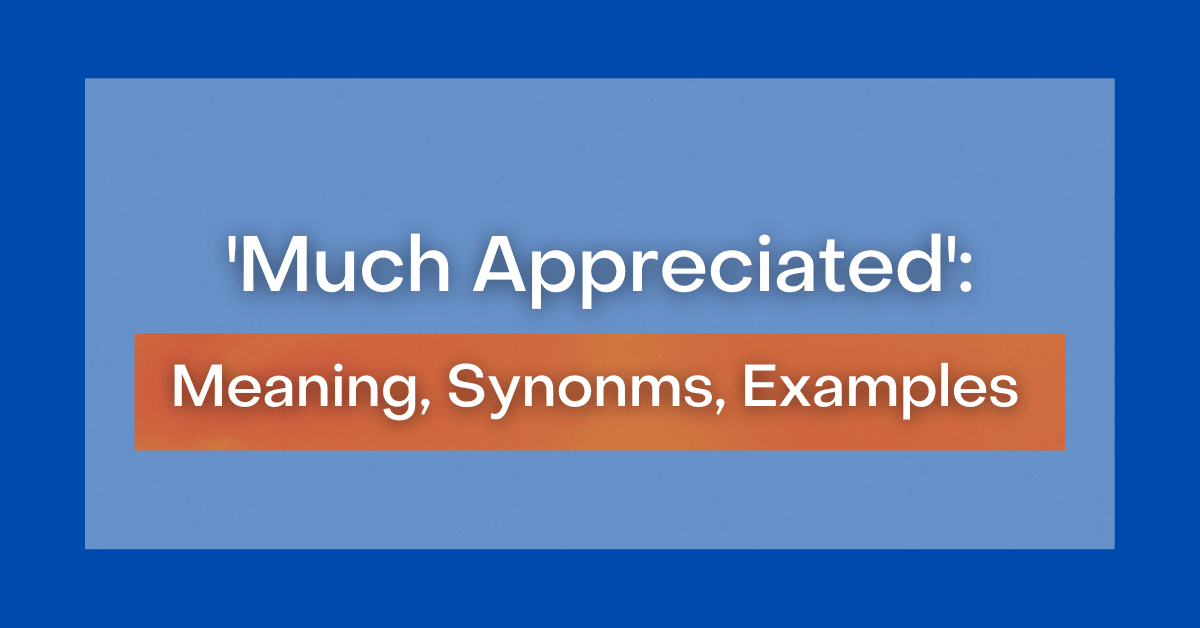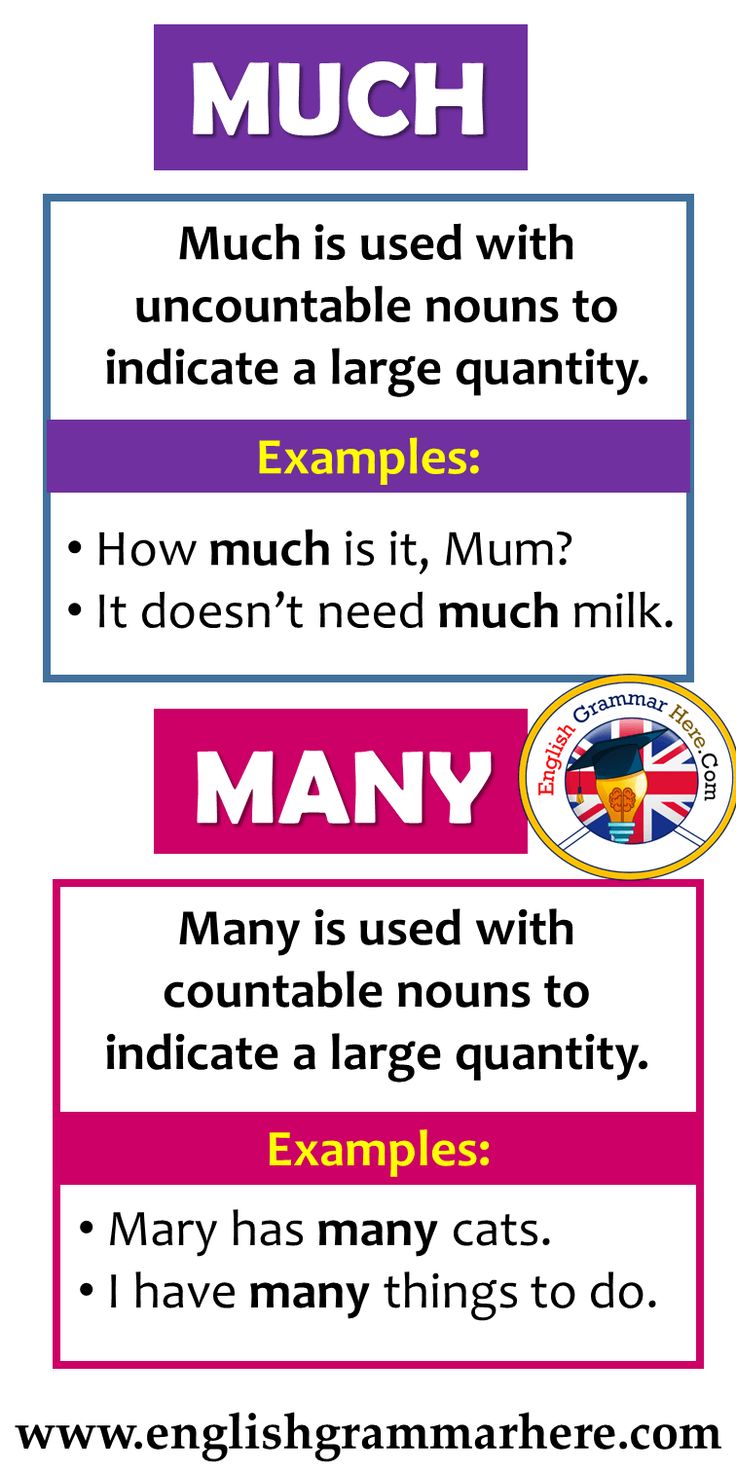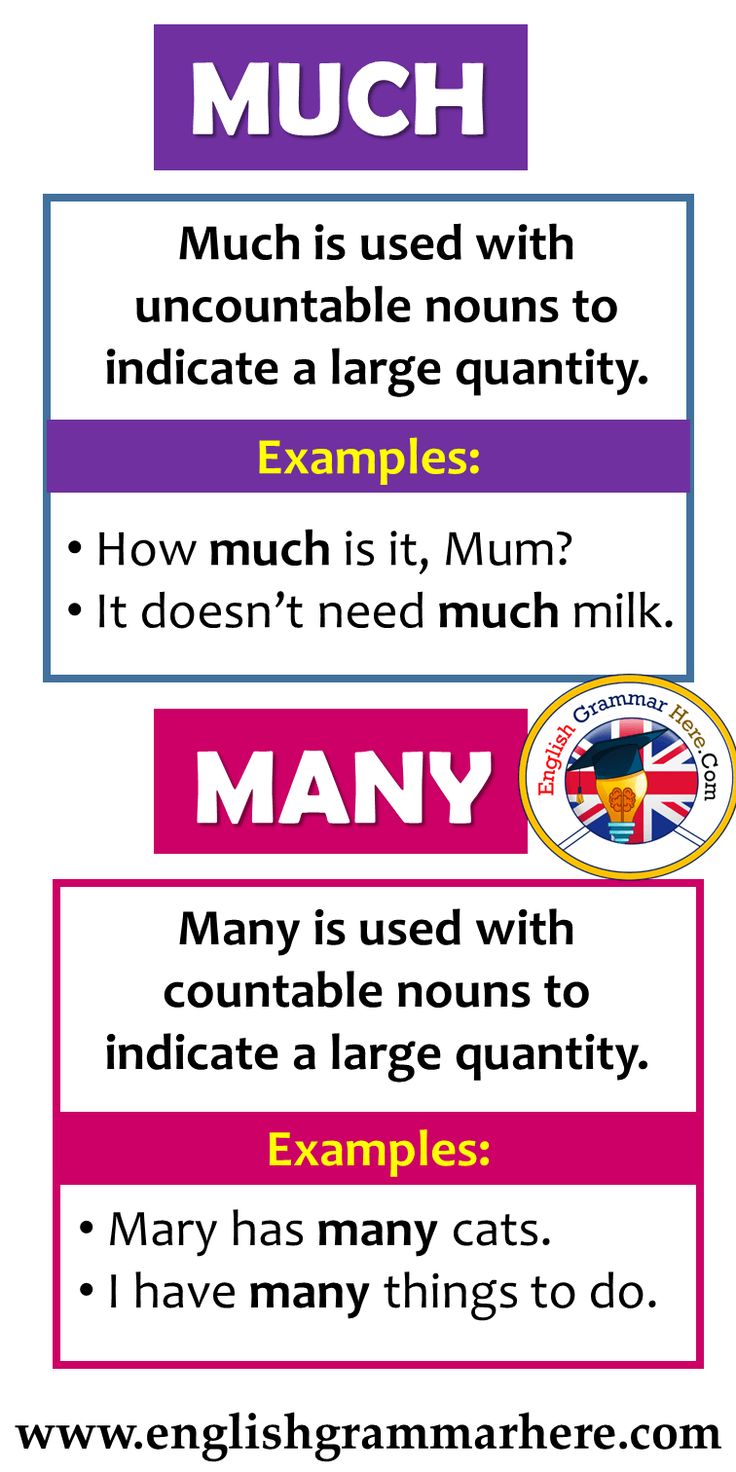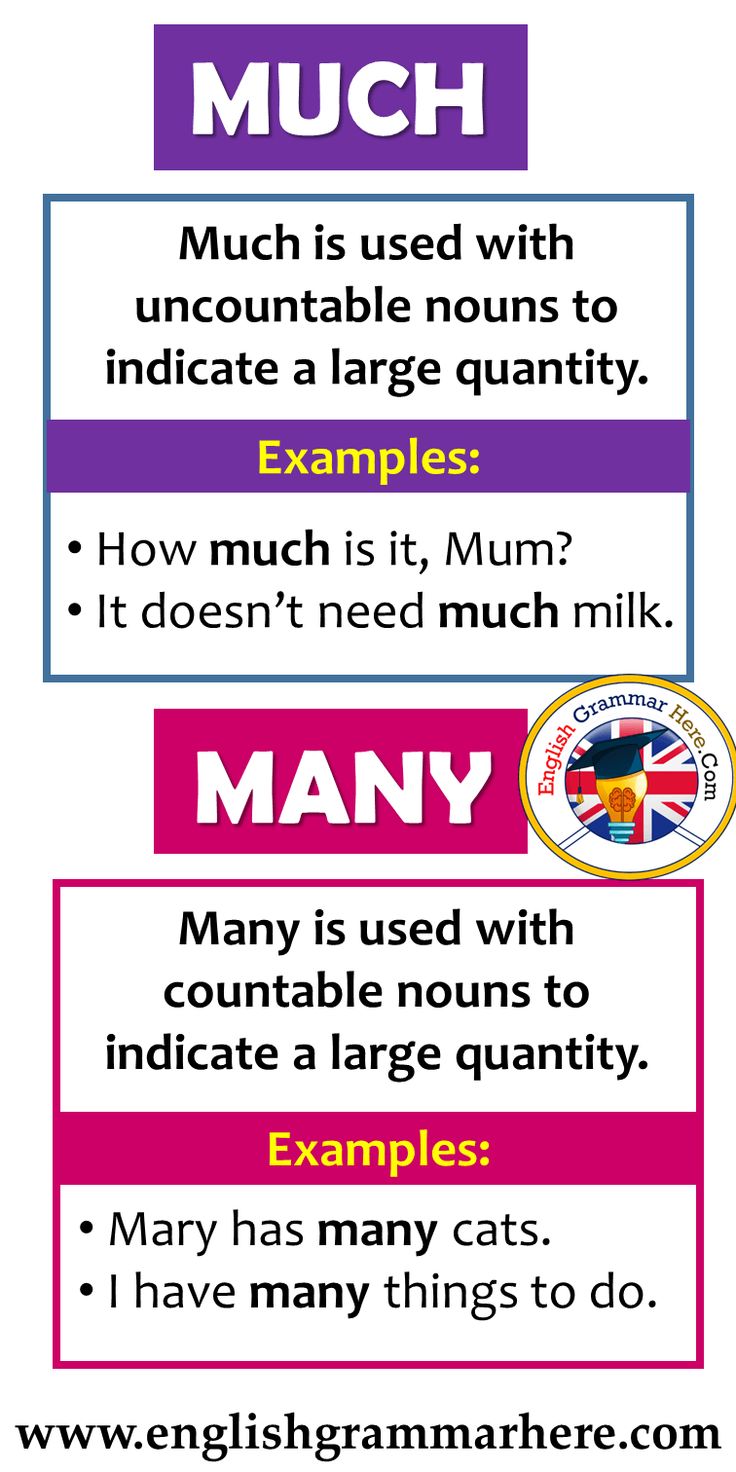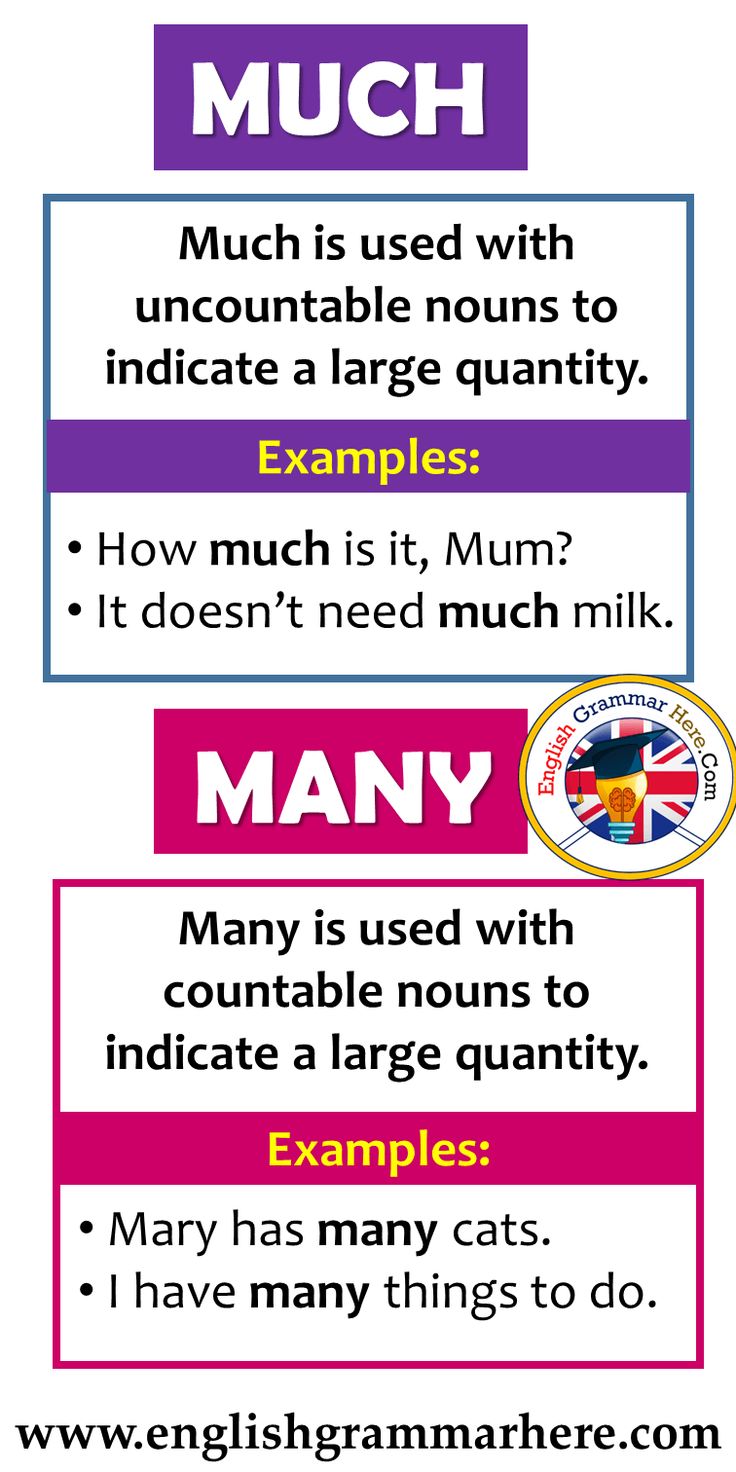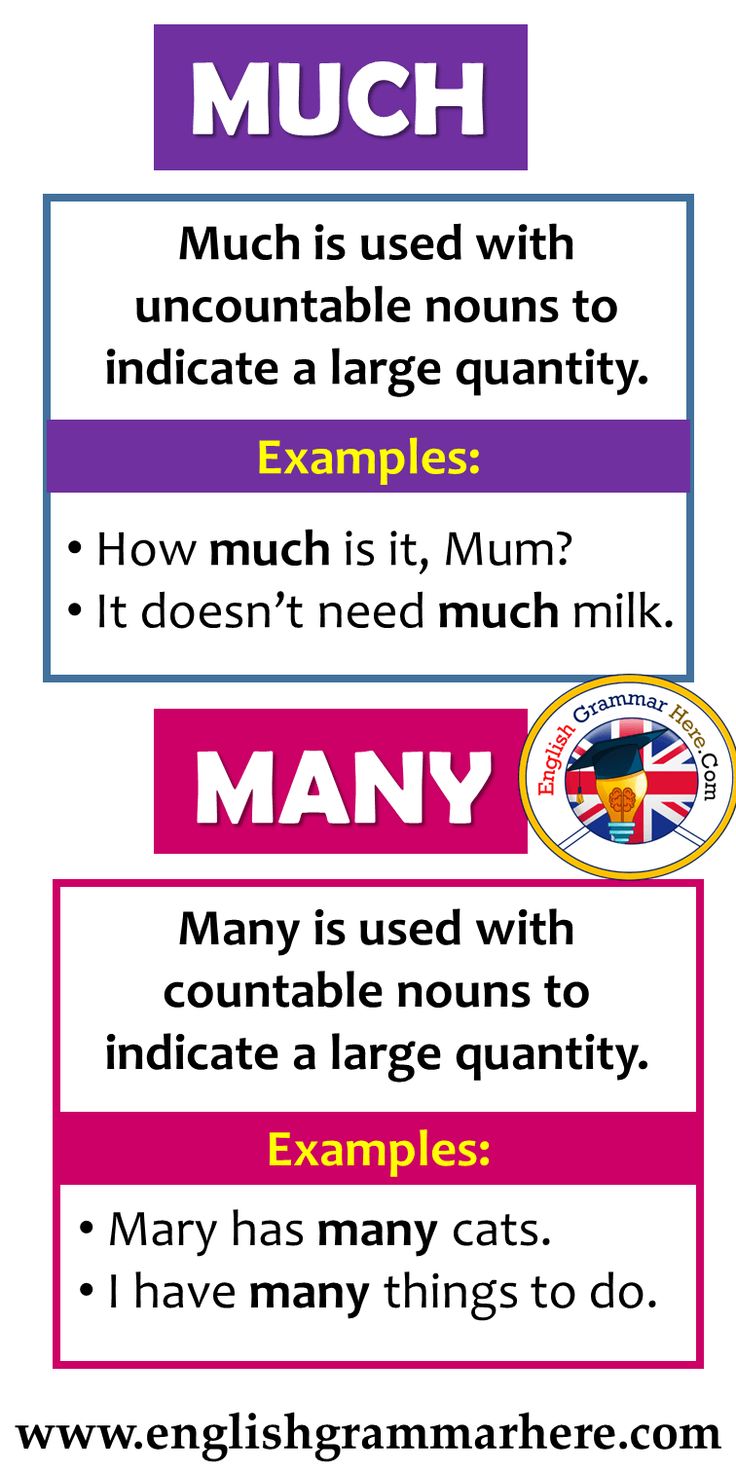How Much Does A Jeep Wrangler Cost Per Month: A Comprehensive Guide to Ownership Expenses
How Much Does A Jeep Wrangler Cost Per Month: A Comprehensive Guide to Ownership Expenses jeeps.truckstrend.com
The allure of a Jeep Wrangler is undeniable. Its iconic design, legendary off-road capability, and the sheer freedom of open-air driving make it a dream vehicle for many. However, beneath the rugged appeal lies a crucial question for any prospective owner: "How much does a Jeep Wrangler cost per month?" This isn’t just about the sticker price or the loan payment; it encompasses a wide array of recurring expenses that, when added up, paint the true picture of monthly ownership. Understanding these costs upfront is paramount for accurate budgeting, avoiding financial surprises, and ensuring that your dream of Wrangler ownership remains a joy, not a burden.
This comprehensive guide will break down all the potential monthly expenses associated with owning a Jeep Wrangler, from the moment you drive it off the lot to the ongoing costs of keeping it on (or off) the road. By exploring each element in detail, we aim to provide you with the actionable insights needed to make an informed decision and budget effectively for your adventurous companion.
How Much Does A Jeep Wrangler Cost Per Month: A Comprehensive Guide to Ownership Expenses
The Initial Hurdle: Purchase Price & Financing
The most significant portion of your monthly Wrangler cost will likely be your loan payment, determined by the vehicle’s purchase price and your financing terms.
-
New vs. Used:
- New Wranglers: The Manufacturer’s Suggested Retail Price (MSRP) for a new Wrangler varies wildly based on trim level, engine, and added features. A basic 2-door Sport might start around $32,000, while a loaded 4-door Rubicon 392 can exceed $85,000. The popular Sahara or Rubicon 4-door models often fall in the $45,000 to $65,000 range.
- Used Wranglers: One of the Wrangler’s strengths is its exceptional resale value. While this is great for sellers, it means used models still command a premium. A well-maintained 3-5 year old Wrangler might still cost anywhere from $25,000 to $40,000+, depending on mileage, condition, and trim. Buying used generally results in lower monthly payments due to a lower principal amount, but older models might incur higher maintenance costs.

-
Financing Terms:
- Down Payment: A larger down payment directly reduces the amount you need to borrow, thereby lowering your monthly payment and total interest paid. Aim for at least 10-20% if possible.
- Interest Rate (APR): Your credit score is the primary determinant here. Excellent credit can secure rates below 5%, while lower scores might see rates upwards of 10% or more. Even a 1-2% difference can significantly impact your monthly payment over a long loan term.
- Loan Duration: Common loan terms are 60, 72, or 84 months. Longer terms mean lower monthly payments but result in paying significantly more interest over the life of the loan. For example, a $40,000 loan at 6% APR:
- 60 months: ~$773/month (total interest ~$6,380)
- 72 months: ~$665/month (total interest ~$7,880)
- 84 months: ~$590/month (total interest ~$9,560)


-
Example Calculation (New Wrangler):
- Assume a new Wrangler Sahara 4-door at an OTD (Out The Door) price of $50,000 (including taxes, fees).
- Down payment: $5,000
- Amount financed: $45,000
- Interest rate: 6% APR
- Loan term: 72 months
- Estimated Monthly Loan Payment: ~$750
The Unavoidable: Insurance Premiums
Car insurance is a mandatory monthly expense that protects you, your vehicle, and others on the road. Wrangler insurance costs can vary widely based on several factors:
-
Driver Profile: Your age, driving record, claims history, and credit score (in some states) all influence your rates. Younger drivers or those with past accidents will pay more.
-
Location: Urban areas with higher traffic density and theft rates typically have higher premiums than rural areas.
-
Vehicle Model & Trim: Newer, more expensive models (like the Rubicon 392) or those with higher theft rates will cost more to insure. Wranglers, due to their popularity and propensity for off-roading (which can lead to more claims), sometimes have higher rates than comparable SUVs.
-
Coverage Type & Deductibles: Full coverage (collision, comprehensive, liability) is significantly more expensive than basic liability. Choosing higher deductibles ($500 vs. $1,000) can lower your monthly premium but means you pay more out-of-pocket if you make a claim.
-
Discounts: Look for multi-policy discounts (home + auto), good student discounts, safe driver discounts, and discounts for vehicle safety features.
-
Estimated Monthly Insurance Cost: For a typical driver with a clean record, expect to pay anywhere from $100 to $250+ per month, depending on the factors above.
Keeping It Moving: Fuel Costs
A Wrangler’s fuel efficiency, or lack thereof, is often a topic of discussion. Your monthly fuel bill will depend on your specific engine, driving habits, and current gas prices.
-
Engine Options & MPG (Approximate Combined):
- 3.6L Pentastar V6: 19-20 MPG (Standard on most trims)
- 2.0L Turbo I4: 21-22 MPG (Optional on many trims, slightly better efficiency)
- 2.0L 4xe PHEV: 20 MPG (gas only) / 49 MPGe (electric + gas) – offers about 21 miles of all-electric range.
- 6.4L Rubicon 392 V8: 14 MPG (Performance-oriented, significantly lower efficiency)
-
Driving Habits: Aggressive driving, frequent off-roading, and city driving will consume more fuel than gentle highway cruising.
-
Fuel Prices: Fluctuations in gasoline prices directly impact your monthly expenditure.
-
4xe Charging Costs: If you opt for the 4xe plug-in hybrid, you’ll incur electricity costs. Charging at home is generally cheaper than public charging. A full charge for 21 miles of range might cost $2-$4, depending on electricity rates. If you can maximize electric-only driving, your gas bill will drop significantly.
-
Example Calculation (3.6L V6):
- Average monthly mileage: 1,000 miles
- Average MPG: 20 MPG
- Fuel needed: 1,000 miles / 20 MPG = 50 gallons
- Average gas price: $3.50/gallon
- *Estimated Monthly Fuel Cost: 50 gallons $3.50/gallon = $175** (This can easily range from $150 to $300+ depending on usage and gas prices).
The Essentials: Maintenance & Repairs
Even the most reliable vehicles require regular maintenance. Wranglers are generally robust, but their unique design and common use cases (off-roading) can lead to specific maintenance needs.
-
Routine Maintenance:
- Oil changes (every 7,500-10,000 miles): $50-$100
- Tire rotations (every 7,500-10,000 miles): $25-$50 (often free with tire purchase)
- Air filter replacement: $20-$50
- Fluid checks/top-offs: Minimal cost
- Annual inspections: $50-$100
-
Scheduled Maintenance: Major service intervals typically occur at 30,000, 60,000, and 100,000 miles, involving more extensive checks, fluid flushes, and part replacements (e.g., spark plugs, differential fluid, transfer case fluid). These can range from a few hundred dollars to over $1,000 for comprehensive services.
-
Potential Repairs & Wrangler-Specific Considerations:
- Tires: If you have larger, aggressive all-terrain or mud-terrain tires, they are more expensive to replace and may wear faster. A set can cost $1,000 – $2,000+.
- Suspension Components: Off-roading puts stress on suspension. Ball joints, tie rods, and shock absorbers may need earlier replacement than on a typical road vehicle.
- Drivetrain: If you frequently engage 4WD or off-road aggressively, components like differentials, transfer cases, and axles might require more attention.
- Soft Tops/Hard Top Panels: Wear and tear on removable tops can lead to repair or replacement costs over time.
- Warranty: New Wranglers come with a basic 3-year/36,000-mile warranty and a 5-year/60,000-mile powertrain warranty. Extended warranties can offset repair costs for older vehicles but add to your monthly budget.
-
Estimated Monthly Maintenance & Repair Fund: It’s wise to budget an average of $50 – $100 per month for routine maintenance and to build a reserve for larger, less frequent repairs. This can be higher for older, higher-mileage Wranglers or those used heavily off-road.
The Often-Forgotten: Registration, Taxes & Fees
These are annual costs that are often overlooked but contribute to your overall monthly expense when annualized.
-
Annual Registration Fees: Vary significantly by state, from under $50 to several hundred dollars, often based on vehicle age, weight, or value.
-
Vehicle Property Taxes: Some states (e.g., Virginia, Massachusetts) levy annual personal property taxes on vehicles, which can be hundreds of dollars per year.
-
Emissions Testing/Inspections: Required annually or biennially in many states, usually costing $20-$50.
-
Estimated Monthly for Registration/Taxes/Fees: Averaging these out, budget around $20 – $50 per month, depending on your location.
The Extras (Optional but Common): Customization & Accessories
A significant aspect of Wrangler ownership is customization. While not strictly a "cost to operate," many owners factor these into their overall budget, sometimes financing them with the vehicle or making regular purchases.
- Popular Upgrades: Lift kits, larger tires, aftermarket bumpers, winches, rock sliders, LED lighting, roof racks, enhanced audio systems.
- Cost Impact: These modifications can range from a few hundred dollars for minor accessories to several thousands for major overhauls. If financed, they directly increase your monthly loan payment. Even if purchased outright, they represent a significant outlay that might otherwise go towards other monthly expenses. Many owners set aside a "mod fund" monthly.
Resale Value & Depreciation (Long-Term View)
While not a direct monthly cost, understanding depreciation is crucial for the overall financial picture. Jeep Wranglers are renowned for holding their value exceptionally well, often depreciating slower than many other SUVs. This means that when it’s time to sell or trade in your Wrangler, you’re likely to recoup a larger percentage of your initial investment, effectively reducing the "true" long-term cost of ownership. This strong resale value can offset some of the ongoing monthly expenses.
Practical Advice & Actionable Insights
- Create a Detailed Budget: Don’t just estimate. Use a spreadsheet or budgeting app to track all potential expenses: loan, insurance, fuel, maintenance fund, and miscellaneous.
- Get Multiple Insurance Quotes: Rates vary widely between providers. Shop around before committing.
- Consider Used Wisely: A used Wrangler can significantly lower your loan payment, but factor in potential for higher maintenance costs as components age. Get a pre-purchase inspection.
- Drive Smart: Aggressive driving reduces fuel economy. Maintain consistent speeds and avoid excessive idling.
- Perform Basic DIY Maintenance: Learn to check fluids, tire pressure, and perform simple tasks like air filter changes to save on labor costs.
- Negotiate: Don’t pay sticker price for the vehicle. Also, negotiate interest rates with lenders.
- Build an Emergency Fund: Unexpected repairs happen. Having a dedicated fund prevents financial stress.
Monthly Cost Breakdown: Estimated Ranges
This table provides a representative range of monthly costs for a Jeep Wrangler, acknowledging that individual circumstances will cause variations.
| Expense Category | New Wrangler (Estimated Monthly Range) | Used Wrangler (Estimated Monthly Range) |
|---|---|---|
| Loan Payment | $550 – $950+ | $350 – $650+ |
| (Based on $35k-$65k financed) | (Based on $20k-$40k financed) | |
| Insurance | $100 – $250 | $90 – $220 |
| Fuel | $150 – $300+ | $150 – $300+ |
| (Highly dependent on usage/MPG/gas price) | (Highly dependent on usage/MPG/gas price) | |
| Maintenance & Repairs | $50 – $100 | $75 – $150+ |
| (Average fund for routine/potential) | (Average fund for routine/potential) | |
| Registration, Taxes & Fees | $20 – $50 | $20 – $50 |
| (Annualized) | (Annualized) | |
| Total Estimated Monthly Cost | $870 – $1,650+ | $685 – $1,370+ |
| Optional: Customization Fund | Add $50 – $200+ | Add $50 – $200+ |
Note: These are estimates. Your actual costs will vary based on specific vehicle model, trim, condition, your driving habits, location, credit score, and insurance choices.
Concluding Summary
Understanding "How Much Does A Jeep Wrangler Cost Per Month" goes far beyond just the purchase price. It involves a holistic view of financing, insurance, fuel, maintenance, and administrative fees. While the allure of the Wrangler’s capability and iconic status is powerful, a responsible owner must meticulously plan for these ongoing expenses.
Owning a Jeep Wrangler is often more than just owning a vehicle; it’s investing in a lifestyle. The freedom it offers, the community it connects you with, and the adventures it unlocks are truly unique. By comprehensively budgeting for all potential monthly costs, you can ensure that your Wrangler remains a source of joy and exploration, rather than a financial strain. Drive smart, budget wisely, and enjoy the ride!
Frequently Asked Questions (FAQ)
Q1: Is a Jeep Wrangler expensive to maintain?
A1: Wranglers are generally robust, but their maintenance costs can be slightly higher than average SUVs, especially if frequently off-roaded. Routine maintenance is comparable, but specialized repairs or replacing off-road components (like tires or suspension parts) can be pricier. Budgeting $50-$150/month for maintenance and repairs is a good practice.
Q2: Do Wranglers hold their value well?
A2: Yes, Jeep Wranglers are renowned for having excellent resale value. They depreciate slower than many other vehicles, meaning you’ll likely recoup a larger portion of your initial investment when you sell or trade it in.
Q3: Is the 4xe cheaper to fuel than gasoline models?
A3: The Wrangler 4xe plug-in hybrid can be significantly cheaper to "fuel" if you maximize its 21 miles of all-electric range by charging regularly. If your daily commute is within that range, you could use very little gasoline. However, if you primarily drive long distances without charging, its gasoline-only MPG is comparable to the 2.0L turbo, so savings diminish.
Q4: How much should I save for a down payment on a Wrangler?
A4: Aim for at least 10-20% of the vehicle’s purchase price. A larger down payment reduces the amount you finance, lowering your monthly payments and the total interest paid over the loan term.
Q5: Can I really save money by buying a used Wrangler?
A5: Absolutely. Buying used means you avoid the steepest depreciation hit that new cars take in their first few years. While a used Wrangler might have slightly higher immediate maintenance needs, the savings on the purchase price and thus the monthly loan payment can be substantial, leading to significant overall savings.
